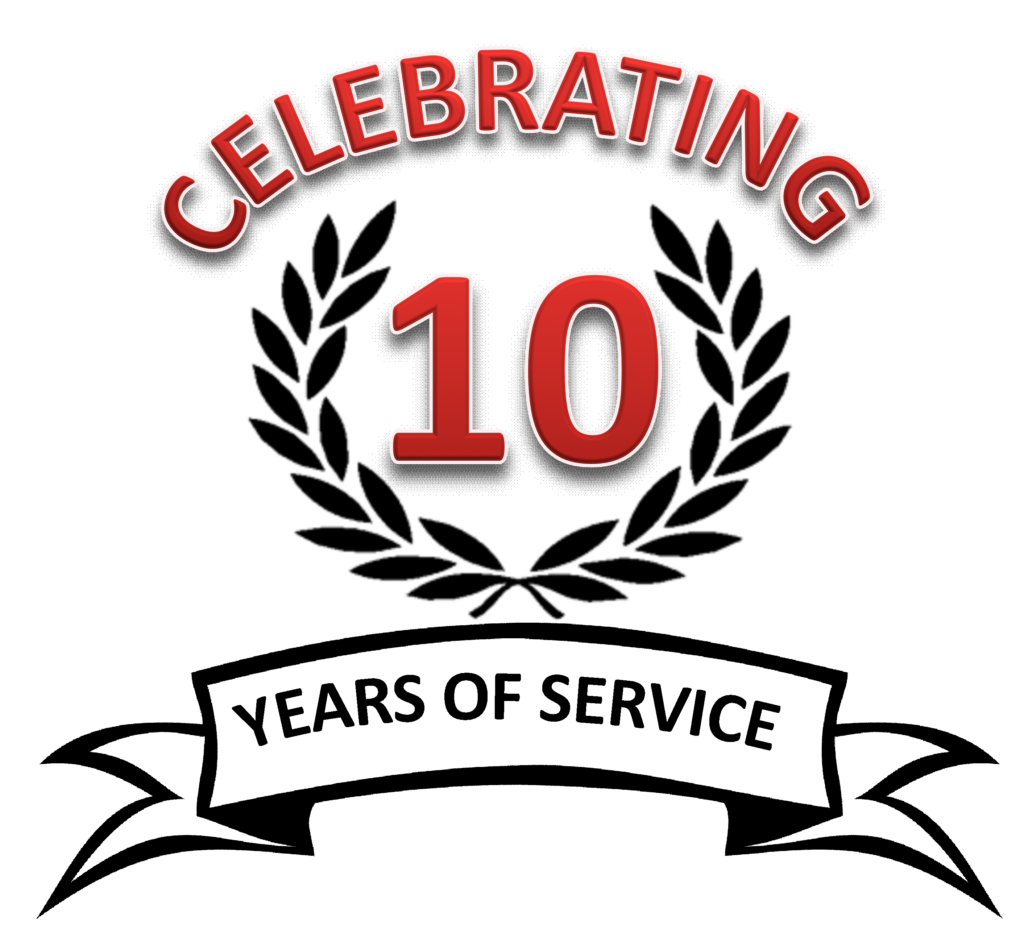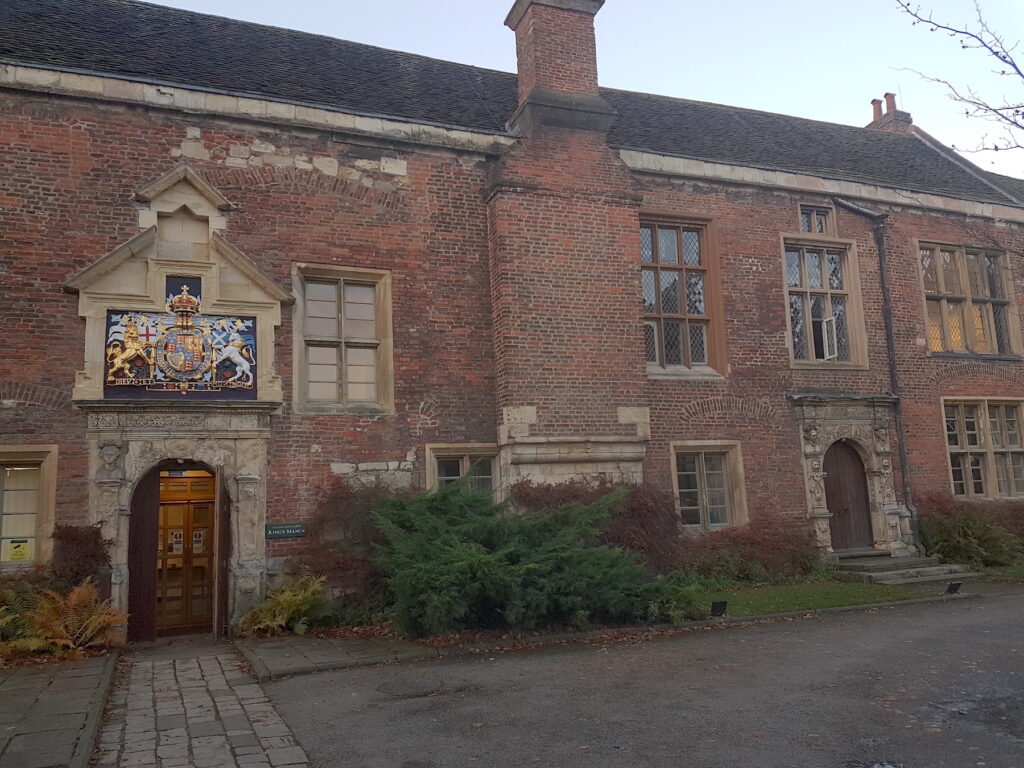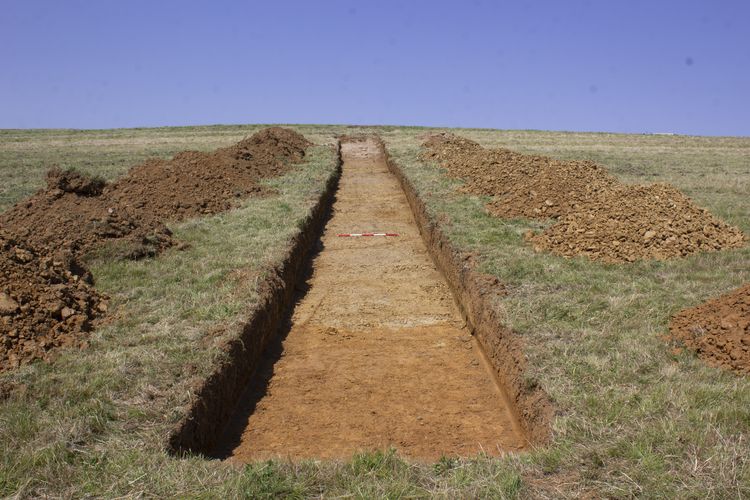It’s hard to believe, but next week will mark my 10 year anniversary at the ADS. I originally started on a one-year contract to oversee the archiving of key digital outputs produced by English Heritage ALSF projects (with the job title of ALSF Curatorial Officer), but have since stayed on in the role of Digital Archivist, more recently taking over responsibility as the ADS’ Preservation Lead.
The realisation that I’d spent a decade in one organisation initially triggered a Proustian flashback of projects, archives and even files I’d worked on, and thus the idea of a blog was born. I was tempted to call this blog something like “In Search of Lost Time” (time being a portmanteau of my first name and initial of my surname), but was perhaps a little floral as well as erroneous: here at the ADS we never lose anything…
Curious as to what I’d achieved over this period (apart from a sense of satisfaction in safeguarding humanity’s digital heritage), I returned to the ADS Collections Management System (CMS) to query what it was I had worked on. In short, I’ve been responsible for
- 1018 accessions (the act of receiving and ingesting data from a depositor)
- Arriving on:
- 1 x 3.5 inch floppy disc
- 298 x CD-ROMs
- 46 x DVDs
- 208 x Emails
- 337 x FTP downloads
- 12 x HTTP downloads
- 87 USB hard drives
- 30 USB memory sticks
- 5523 Web uploads (via OASIS)
- Archiving 377 collections
- Updating/adding to a further 169 collections (Journals, collections of OASIS reports etc)
- Curated 323,050 accessioned files (in 800,000+ files on our AIPs and DIPs)
- Undertaken 4094 processes (e.g. migrations)
- Of which 966 processes related to the creation of Preservation PDF/A (12,592 files if you’re curious)
- Drunk at least 11300 cups of tea (a slightly spurious figure based on an average of 5 cups a day x (10x(annual working days – holiday)).
Over that time, and all those cups of tea, there are definitely some projects that stick in my mind as being memorable. So, to commemorate my decade in data, here are my top 10 covering every year I’ve been at the ADS:
2006: Wearmouth and Jarrow Monastic sites. Volume 2 Appendix C
My first archive! Notable for using Tab delimited text, which was soon to be replaced as a dissemination format by Comma separated values.
2007: West Stow, Lackford Bridge, Suffolk
One of the first sizeable projects to come through as part of my ALSF work, this was instrumental in building up a strong start to the project. It’s also a useful dataset arising from a modern appraisal of an old rescue excavation.
2008: Land south-west of Ripple, Worcestershire
Although tempted to opt for Gwithian (check out the photos!), I went for this project which was completed in 2008. It’s a nice mixture of reports, data and photos from (to my mind) quite an important site, especially if you’re interested in the dating of pit alignments.
2009: Fieldwalking the cropmark landscape on the Sherwood Sandstone of Nottinghamshire
The first of a series of big projects I started to work on incorporating map and/or database interfaces. This one was built in ArcGIS Server.
2010: The evolution of Rome’s maritime facade: archaeology and geomorphology at Castelporziano
Primarily because I worked on the fieldwork project (look carefully for pictures of a youthful Tim), but also as it was at the time, the largest archive we held. A detailed archive for a very interesting site.
2011: The Deanery, Chapel Road, Southampton (OASIS ID wessexar1-92410)
Although at first appearance this is a somewhat modest archive, it represents a great leap forward. This was the first archive from an agreement between ADS and Southampton Arts and Heritage, whereby digital archives arising from development-led work in the City of Southampton would be passed onto the ADS. We now have several agreements with Local Authorities to perform this role (for example see Worcestershire), and it all started here. As an aside, I often use this archive as an example to show to students as it comprises a compact, well-documented dataset including reports, images and a plan – essential material for anyone working in/researching the city.
2012: A Long Way from Home: Diaspora Communities in Roman Britain
A great example of the archiving of an important research dataset, although I’m also swayed by the similarity of the man in the image on the introduction page and the ex-Everton manager David Moyes.
2013: Quarry Farm, Ingleby Barwick
The site is the most northerly known Roman villa surviving in the Empire, and the dataset is a useful companion to the published CBA Research Report.
2014: Palaeolithic and Mesolithic Lithic Artefact (PaMELA) database
The PaMELA database consists of two main parts: a literal digital transcription of Jacobi’s card index (the Jacobi Archive); and a searchable database with typological and chronological keys (the Colonisation of Britain database). I could spend hours browsing this archive!
2015: The Prehistoric Stones of Greece: A Resource from Field Survey
I expected to put down the Roman Rural Settlement of Britain project, but I won’t consider that finished until the final interface (with access to all data) is finished later this year. So I’ve gone for this project, a rescue of a dataset that had been available on another website, but subsequently removed. The interface has a strong spatial element, and after some thought I moved away from Google Maps and ESRI products (such as ArcGIS Server) to embrace OpenLayers. In the end the hard-learnt lessons (e.g. how to close a polygon?) reaped dividends in my work on the large map for the Roman project.
2016: Birmingham Archaeology (BUFAU) Digital Archives
Before working for the ADS, I’d spent most of my professional life working for Birmingham Archaeology (previously known as BUFAU). That organisation closed in 2012, and subsequently a project undertaken to ensure that all key physical and digital materials are transferred to a suitable archive. We’re only halfway through the project, but already we have the majority of the c.2000 reports written over the years, and a selection of digital materials. It’s been good to go back to where I started, and even to archive some of my own (not very good!) reports!
I’ll end the blog there, who knows, I may update this in another 10 years!







Hello,
I’m on the core contributor team for Apache JSPWiki – just a note that there has been a major new release and a whole bunch of new features added since the 2.8 release you’re using for your guides, as well as a brand-new, modern look and feel. We’re documenting some of this at https://blogs.apache.org/jspwiki/ and otherwise switching to the new template and editor should be straightforward. There’s plenty of support available on the user and developer mailing lists should you wish to investigate this.
Cheers,
Dave